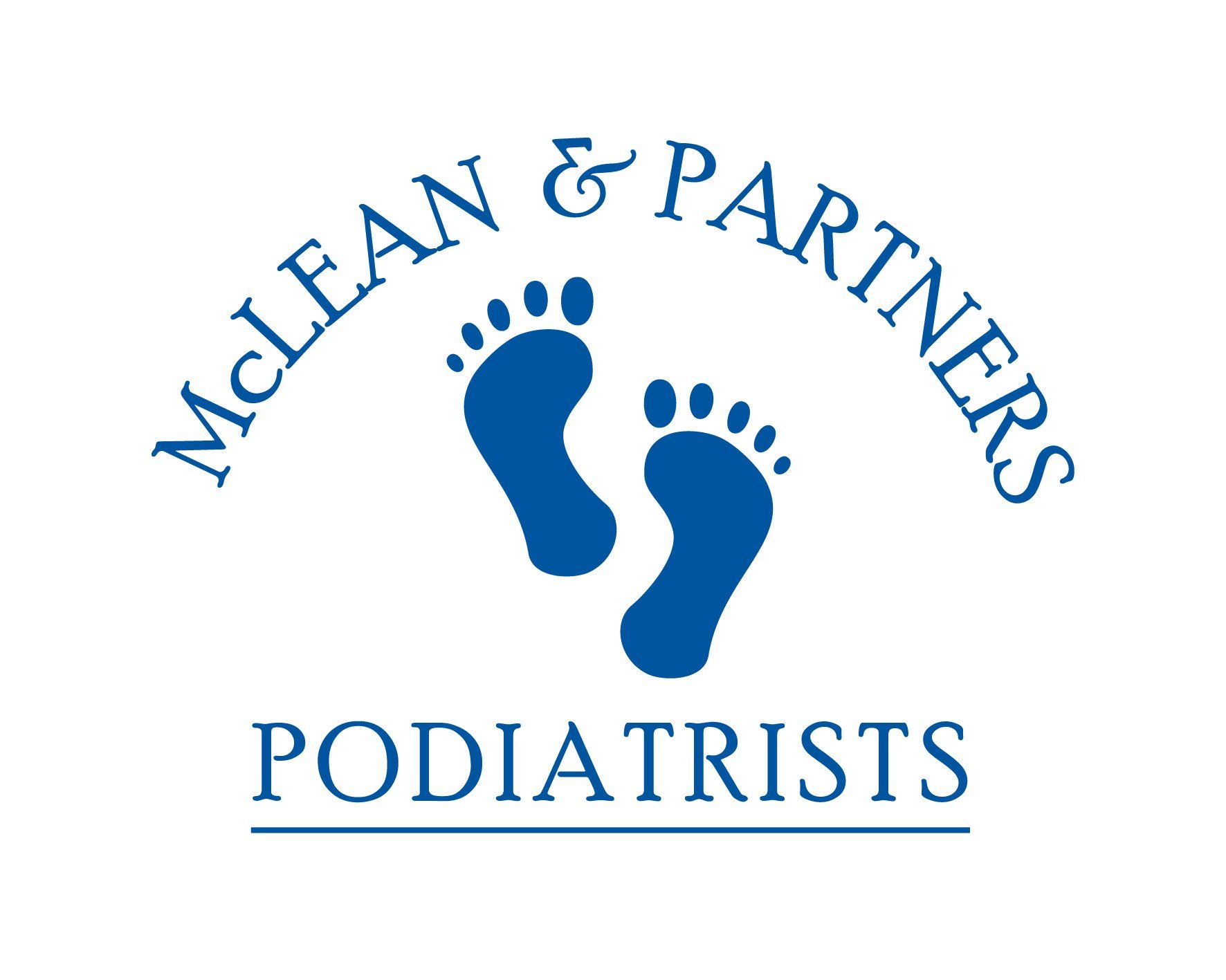Foot Health and Arthritis
Arthritis in the feet can have far reaching effects. Your ligaments, tendons and muscles are forced to work harder to maintain stability. This can cause injury to those ligaments, tendons and muscles, including ankle sprains, torn ligaments and a greater likelihood of falls. Another concern is chronic pain, which not only limits movement, but also disturbs sleep and can lead to problems with overall well-being and depression.
There are two main types of Arthritis.
Osteoarthritis
is common in older people, and is a result of wear and tear over time, particularly in the weight bearing joints, such as the feet and knees. Osteoarthritis is a general breaking down of the joint and usually causes pain and discomfort around the joint. You may also find that the range of movement is less than it used to be, and your ability to walk could become affected. Your feet can sometimes change structure with Osteoarthritis, so a well-fitting shoe with adequate cushioning and support will help keep you walking.
Rheumatoid Arthritis is an auto immune condition that causes the body to work against itself, breaking down joints, and causing pain, swelling, stiffness and deformity around the joint. Rheumatoid Arthritis usually presents earlier in life, getting progressively worse over time. Range of movement can be severely affected, toes can become deformed and hammered, making walking extremely uncomfortable. Rheumatoid arthritis can be accompanied by arch collapse and a widening of the forefoot as well as swollen joints. The constant change of foot shape with this condition will require frequent reviews of your footwear.

Podiatrists can provide treatments to
alleviate and reduce the symptoms of arthritis!
- Your podiatrist will carefully assess the severity of the condition, and can recommend footwear to give problem joints more room, thereby reducing the risks of other injuries such as blisters, corns and calluses that can be caused by shoes that rub on swollen areas.
- Orthotics can also be specially made to provide your feet with extra support and to give you more stability, making it easier to get around.
- There are also exercises you can do to help keep the joint moving, which will help relieve the stiffness and pain you may be experiencing.
These treatments combined, can greatly
improve your quality of life and general comfort and mobility.

